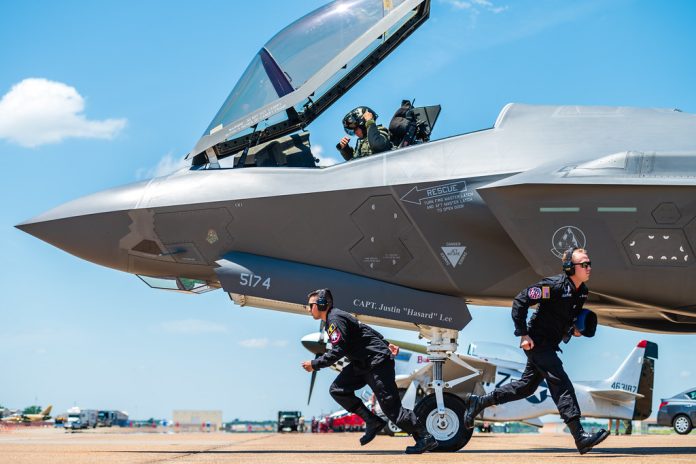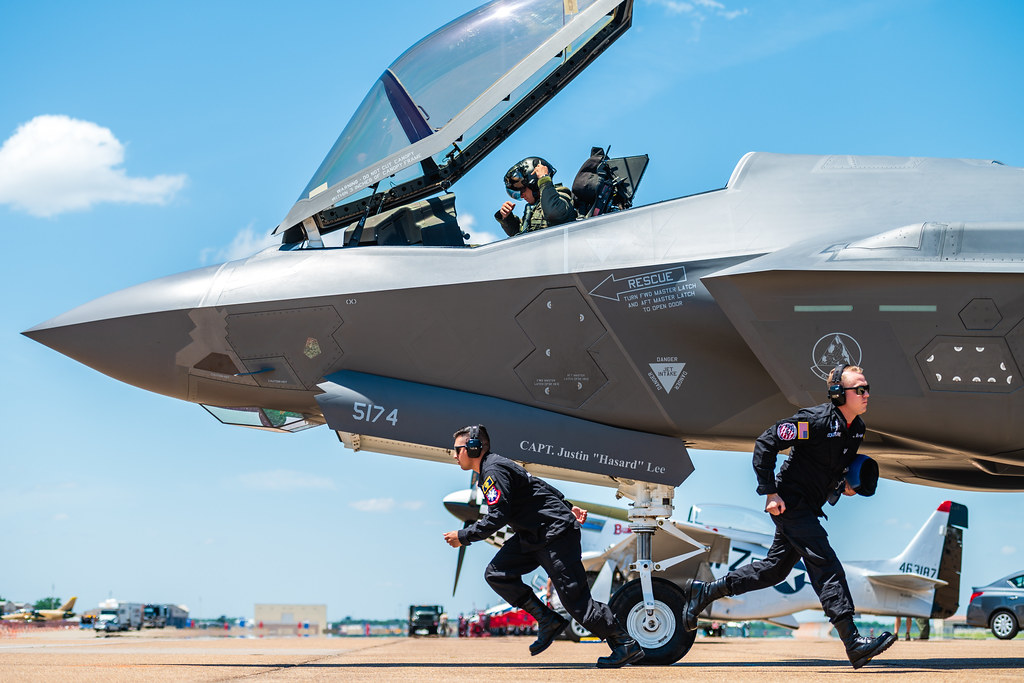
As of late September 2023, the 388th Fighter Wing at Hill Air Force Base, Utah, has confirmed that the mission of the U.S. Air Force F-35 Lightning II stealth fighters in the Middle East, aimed at deterring Iranian aggression and Russian interference, has come to an end.
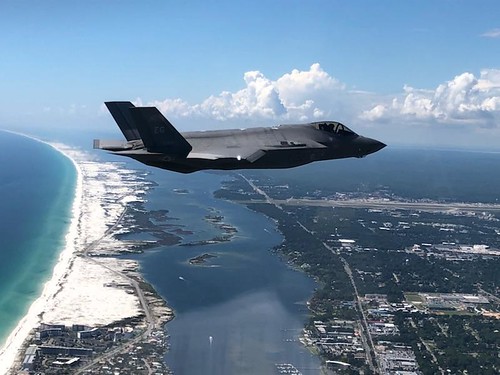
The advanced fighters left the region after bolstering U.S. Navy operations in the Strait of Hormuz and over Syria, marking a significant assertion of American airpower in a geopolitically tense landscape.
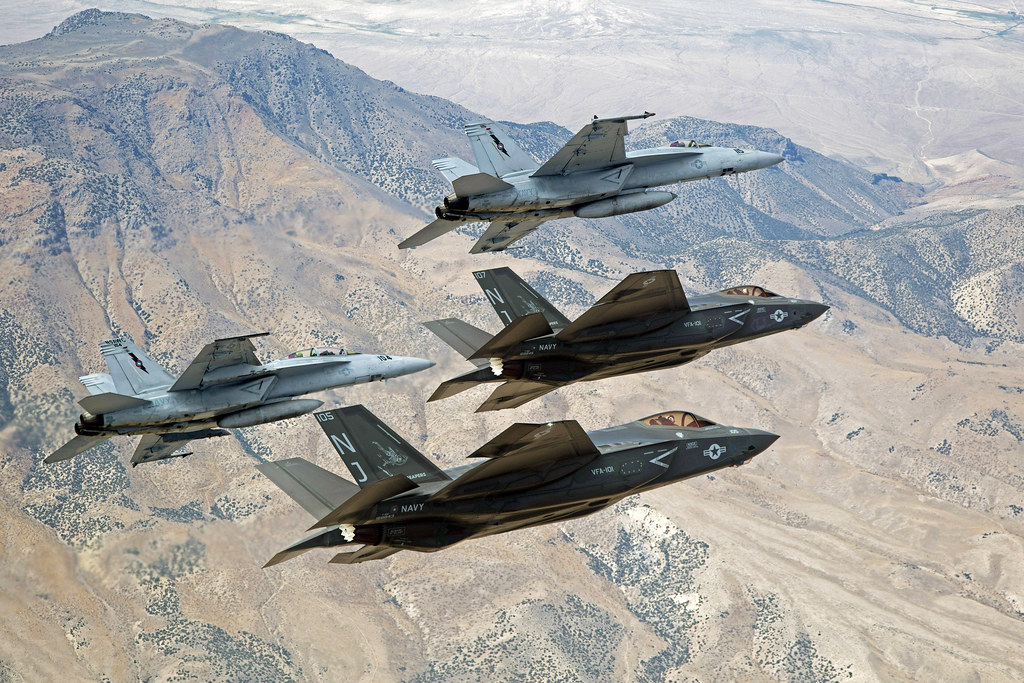
Lt. Gen. Alexus G. Grynkewich, Air Forces Central (AFCENT) commander, articulated the impact of the F-35 deployment, stating, “What the F-35s did is they gave us additional capacity.”
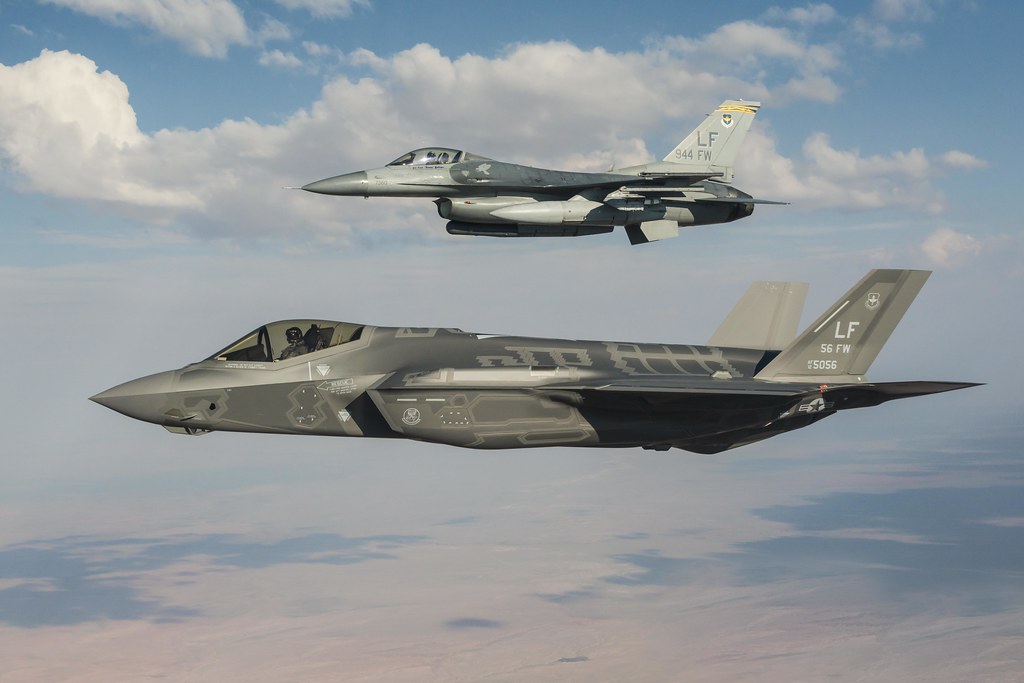
These capabilities were crucial in supporting the U.S. Navy’s combat air patrols over the Strait of Hormuz and contributed to a broader coalition effort over Syria, deterring Russian fighters from engaging in unsafe behavior toward U.S. forces.
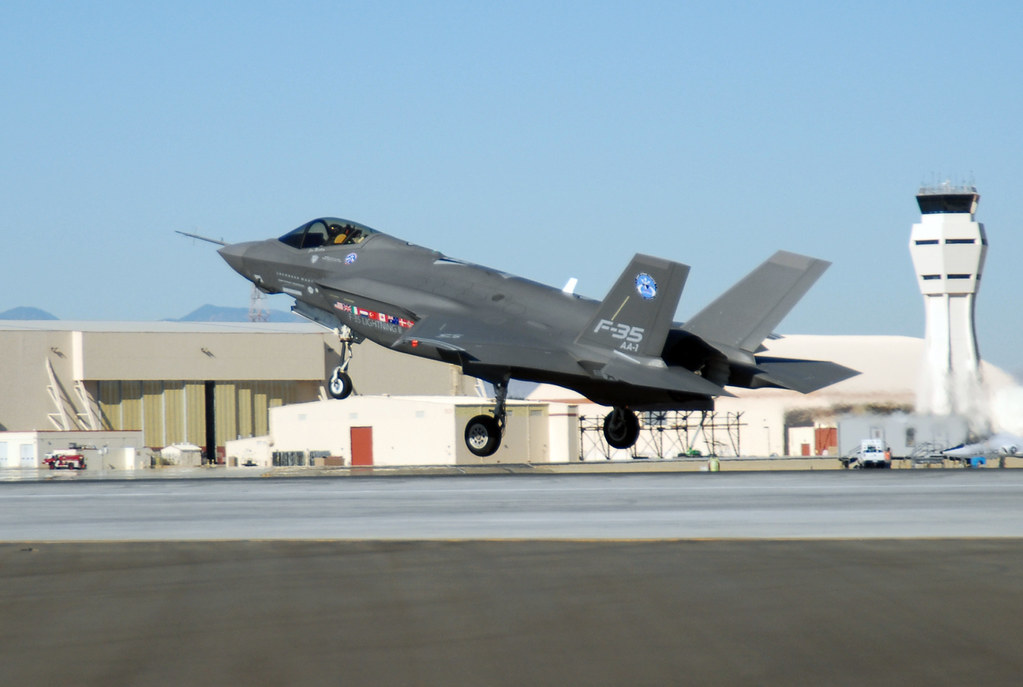
The 421st Air Expeditionary Squadron operated the F-35s which arrived in the region on July 26, prompted by Iranian attacks on commercial shipping and by heightened Russian aerial provocations.
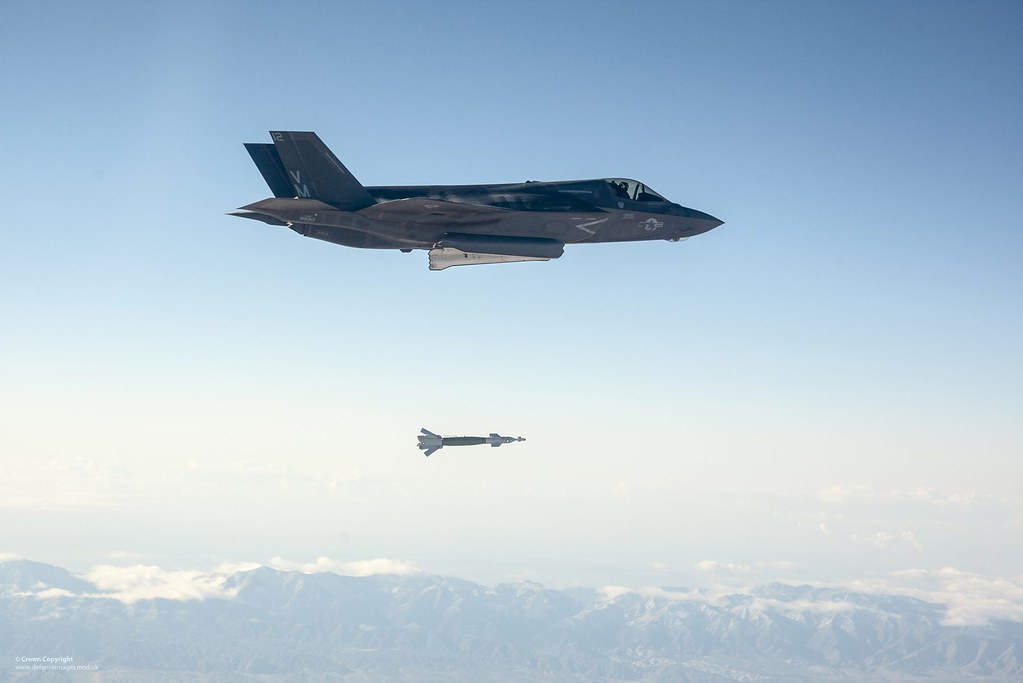
In the Persian Gulf, their presence enabled U.S. forces to maintain critical missions while adding sophisticated airpower to back Navy vessels.
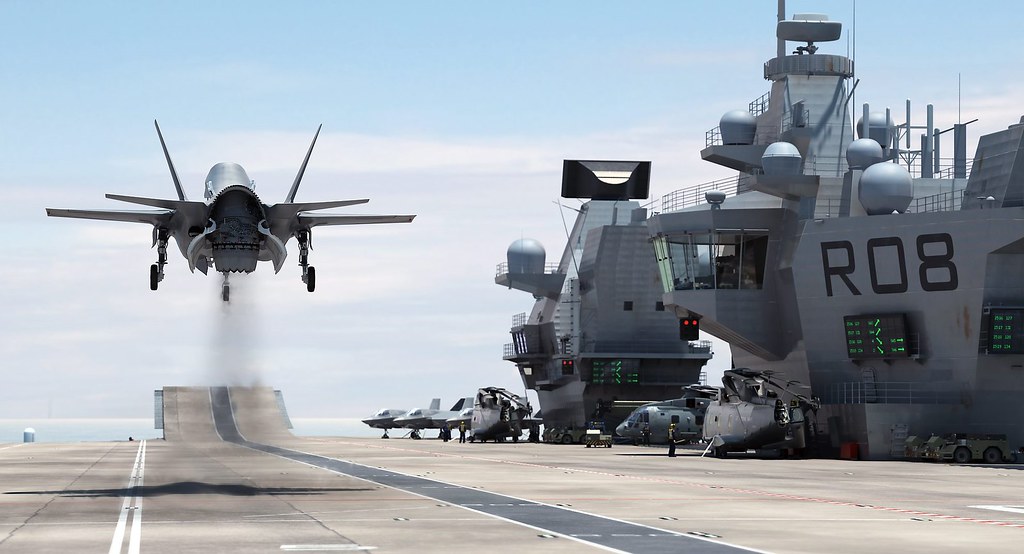
This is evidenced by the USS Bataan Amphibious Ready Group’s deployment, which included Harrier jets capable of vertical or short takeoff and landing operations.
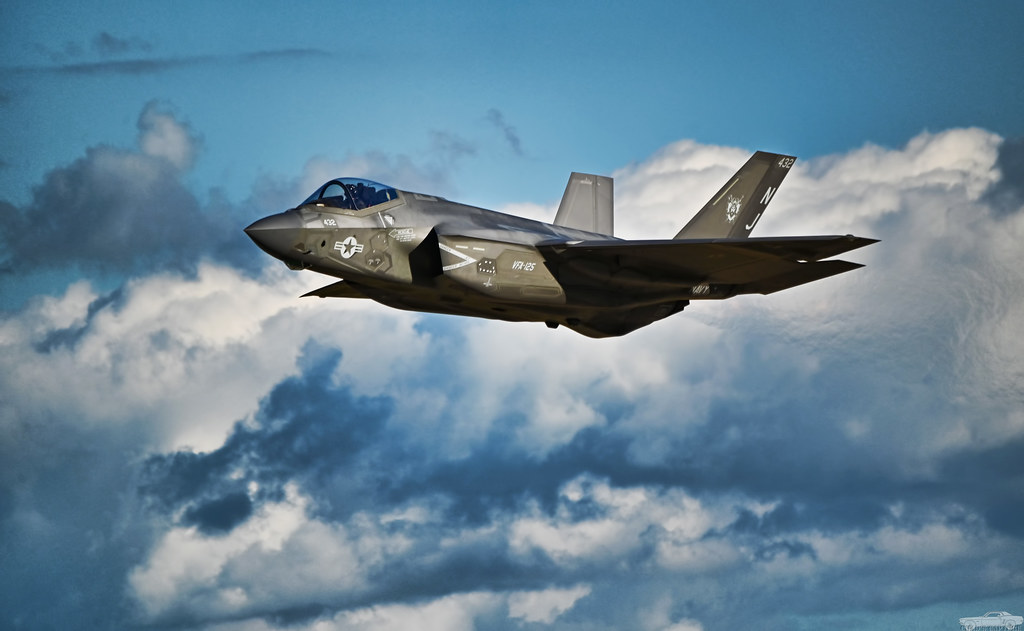
These actions have effectively discouraged Iran from aggressive acts against maritime shipping in the region.

Grynkewich further highlighted the moderation of Russian tactics post-deployment, noting, “They still fly in the airspace, but not directly overhead of our forces, so I welcome that shift in behavior.”
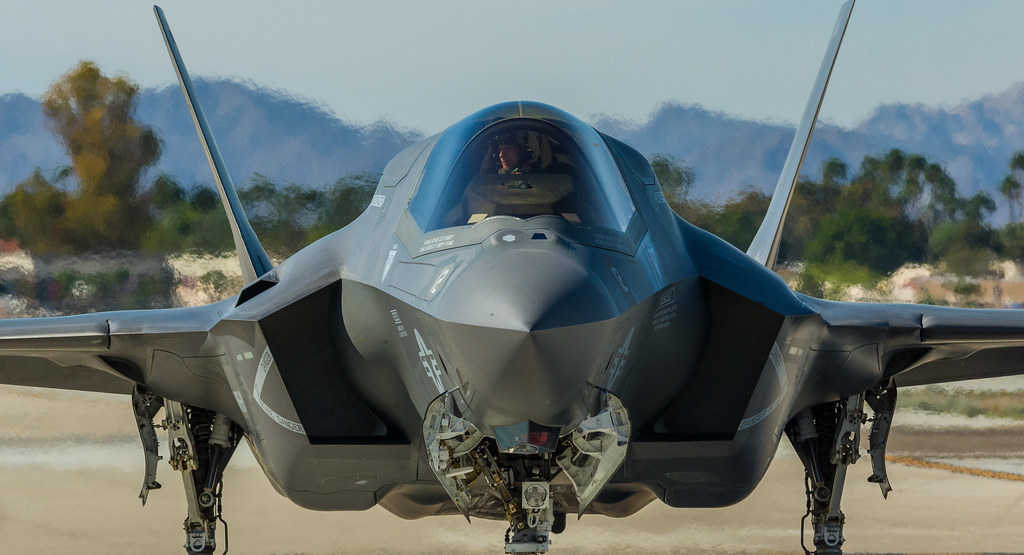
“My view is that deterrence is temporal,” Grynkewich said of Iran.
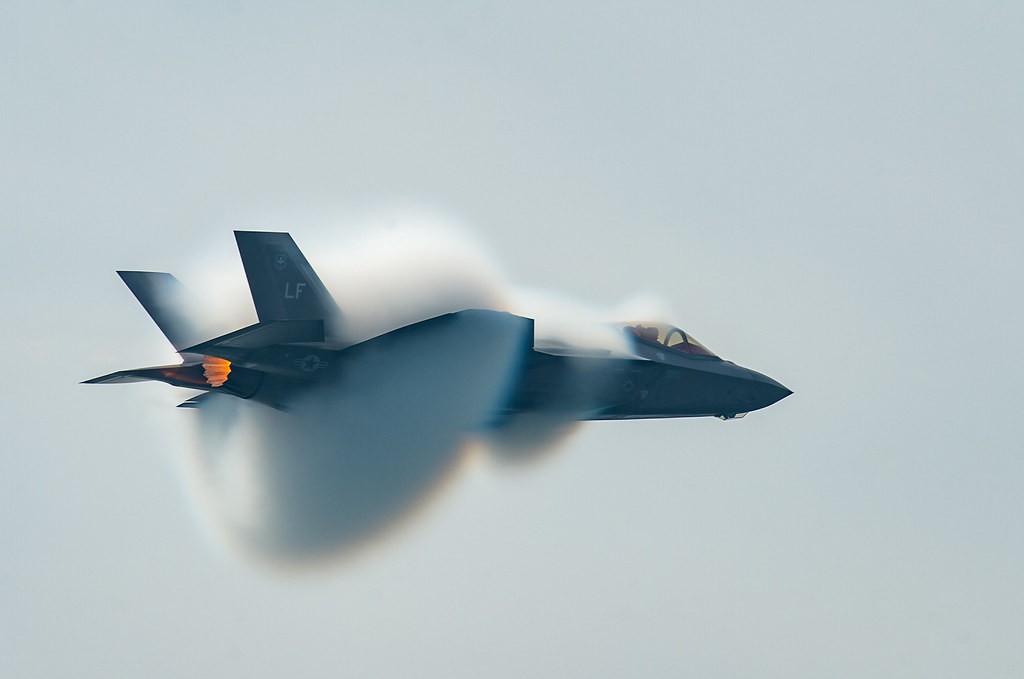
“We’ve surged forces in response to a specific threat. That shows American commitment to the region.
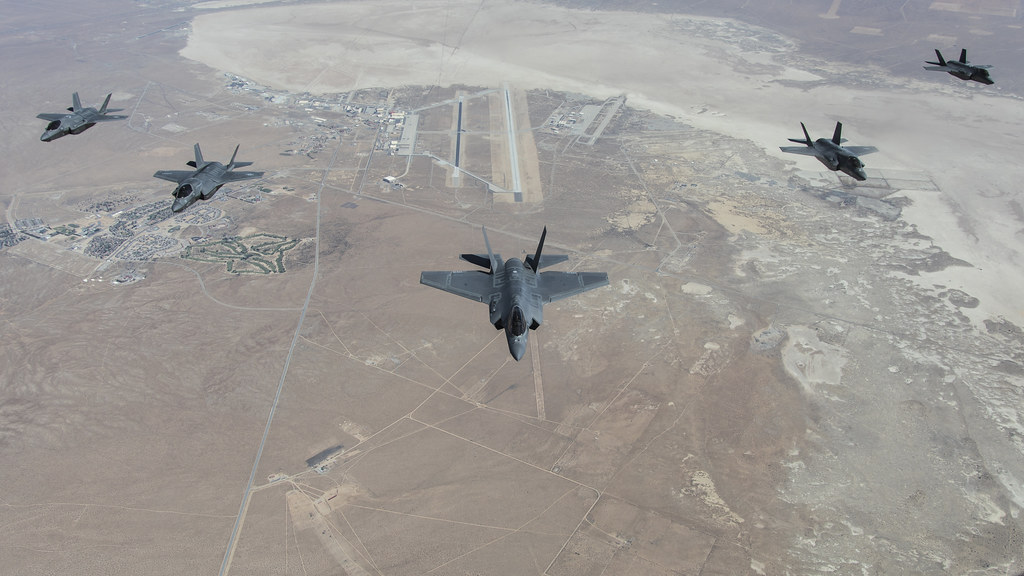
It shows that our American strategy has been, with our posture being less than once, shown a commitment to bring forces in for either major exercises for assurance purposes or when a threat requires it.
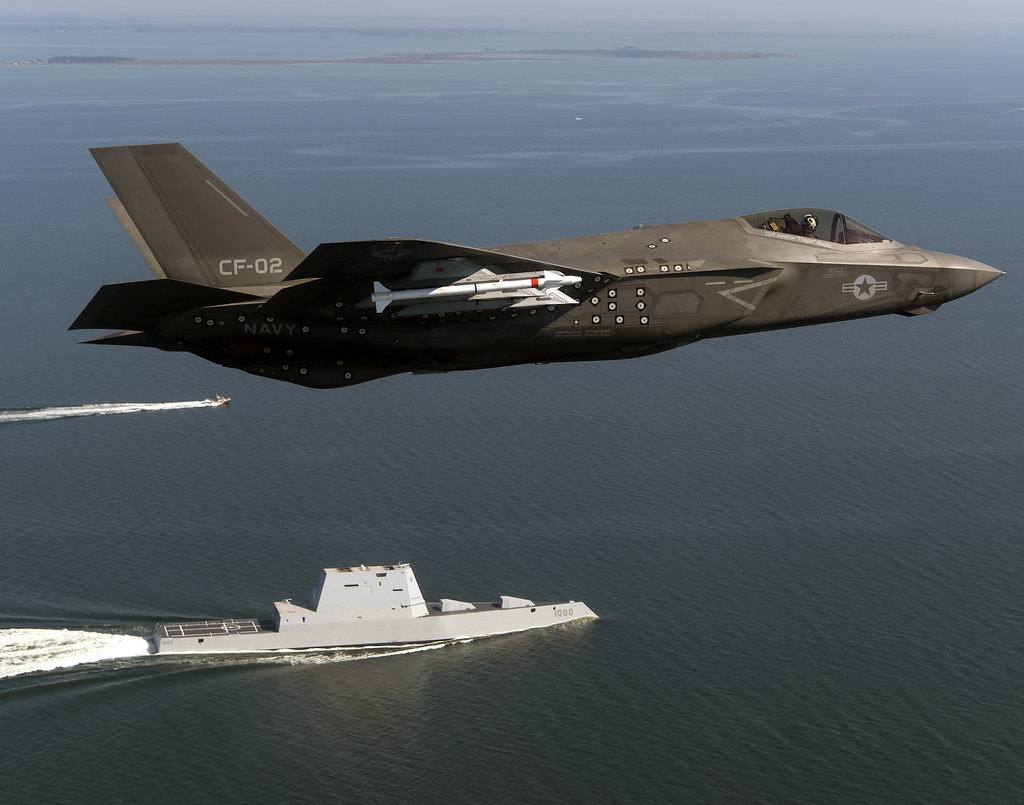
“And we certainly did that in this case.”
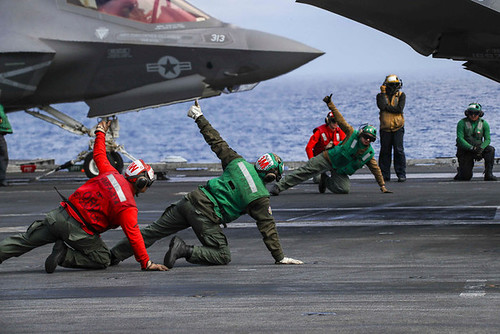
On Oct. 8, Secretary of Defense Lloyd J. Austin III announced the Pentagon was enhancing the U.S. presence in the region by deploying the Gerard R. Ford aircraft carrier and cruise missile-carrying ships to the Eastern Mediterranean.
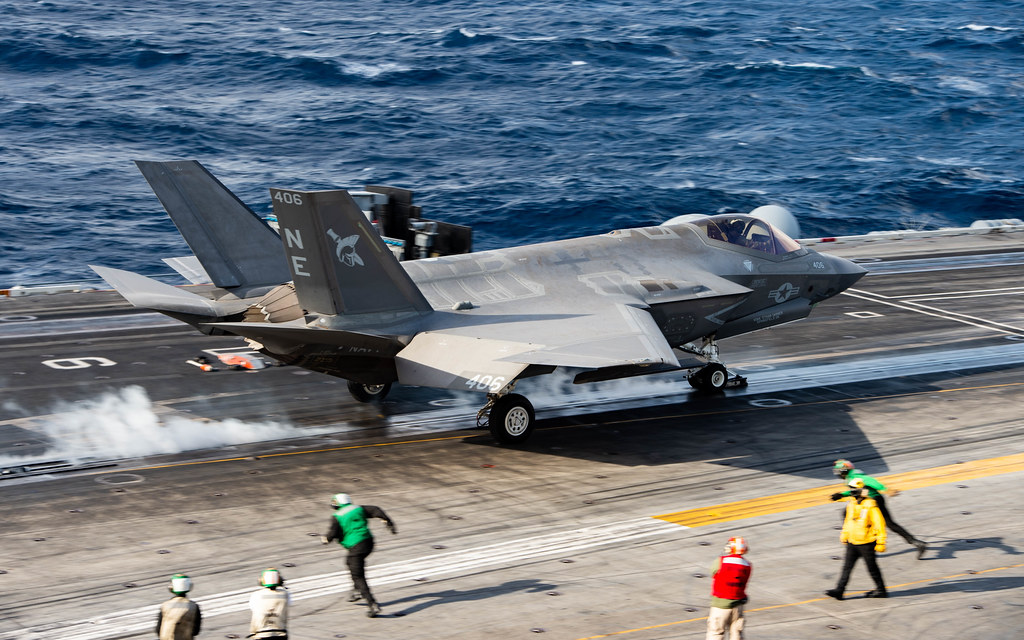
The following day, a senior defense official cautioned the militant group Hezbollah to “reconsider” opening a northern front against Israel and stated the U.S. is prepared to intervene militarily.
Relevant articles:
– F-35s Leave Middle East After Deployment to Deter Iran and Russia, Air & Space Forces Magazine
– F-35s Arrive in CENTCOM Amid Threats from Russia, Iran, Air & Space Forces Magazine, Jul 26, 2023
– Doubling down on deterrence: US sends F, Breaking Defense, Jul 17, 2023
– A Dozen US F-35 Stealth Fighters Arrive In Middle East To Counter Russian, Iranian Belligerence, EurAsian Times, Jul 27, 2023
